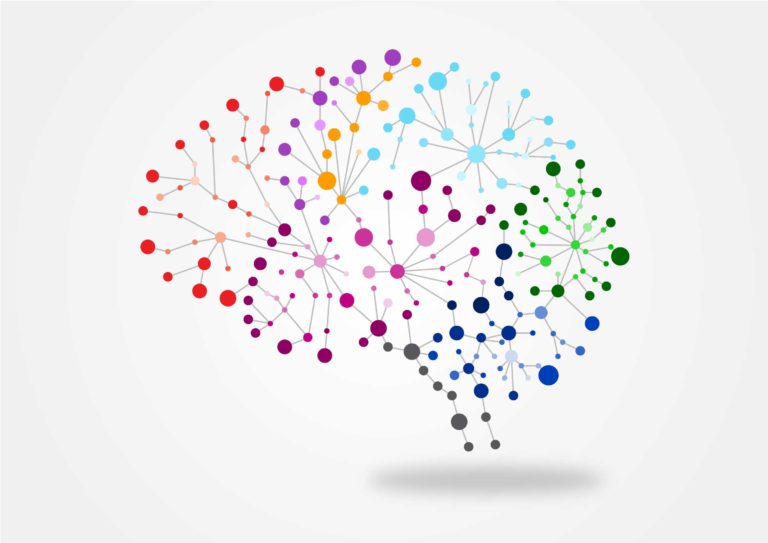Article • April 29, 2019
The science of learning & why it matters

Just as healthcare professionals use clinical evidence and scientific theories to inform their treatment decisions, at Salience we think that learning decisions must take the same approach. As such, we incorporate an understanding of what research is uncovering about how the brain “works” as well as historical theories around how adults learn as the foundation for our work.
What do we mean by the Science of Learning?
The human brain is amazing. Our abilities to think, reason, learn, and make decisions—all enabled by a three-pound lump of tissue—are truly phenomenal. But, as remarkable as it is, science has shown that the brain has several adaptations to assist it in processing the enormous volume of information it receives. Some of those adaptations come in the form of biases, such as overconfidence and primacy biases, and other phenomena, such as system 1 vs. 2 thinking. Like many features, these are helpful in some situations but can be a hindrance in others. Science has shown that these adaptations have a proven impact on the process and output of our thinking and, as a result, our behavior.
In addition, more than 100 years of observations have informed scientific theories regarding the optimal conditions for adult learning. Malcolm Knowles’ theory of adult learning (andragogy) is one example. As far back as the 1960s, Knowles summarized even earlier work from Edward Lindeman in the 1920s that adults need to be involved in their instruction, leverage experience as the basis for learning activities, understand and buy into “why” they are doing the learning activities and anchor the learning around problems as opposed to content.
Why is the Science of Learning important?
At Salience, we believe learning programs and experiences that incorporate the brain’s adaptations and the theories of adult learning into their design, development and execution have a greater chance of hitting the mark. We also believe that anchoring L&D professionals in the science and theories of adult learning empowers them to be more valuable, strategic partners to the organization.
These reasons can result in all sorts of downstream benefits to the learner and the organization:
- Improved knowledge and skill adoption
- Increased motivation for individuals to own their learning
- Competitive differentiation and better business results
From Theory to the Real-World
Think about a recent planning, cycle, or business unit meeting you’ve attended. Now, think about the quantity and duration of the sessions you sat through to learn about new products, competitors, and important market topics. How effective were those sessions in building your knowledge or strengthening your skill set to enabling you personally to be more effective in your job?
Based on our experience, we’d argue that many of those sessions left a lot of learning and valuable skill practice on the table. Maybe they tried to deliver way too much information, causing cognitive overload. Or, they may have delivered the wrong level of detail for the audience, a bias known as the curse of knowledge. Or, maybe they omitted the purpose, or ‘Why’, for the learning and thus failed to engage learners, a key element of andragogy. The point is, most learning programs miss opportunities to drive effective learning because they don’t adequately consider the science of learning.
What’s Next?
The science of learning is a pretty complex topic, so we’ll try to break it down into bite-sized pieces. Over the next few posts, we will introduce some of the biases and phenomena that affect how the brain works. We’ll also provide some specific examples of how they manifest themselves. Most importantly, we’ll describe ways to get around those challenges to make learning programs even more effective!